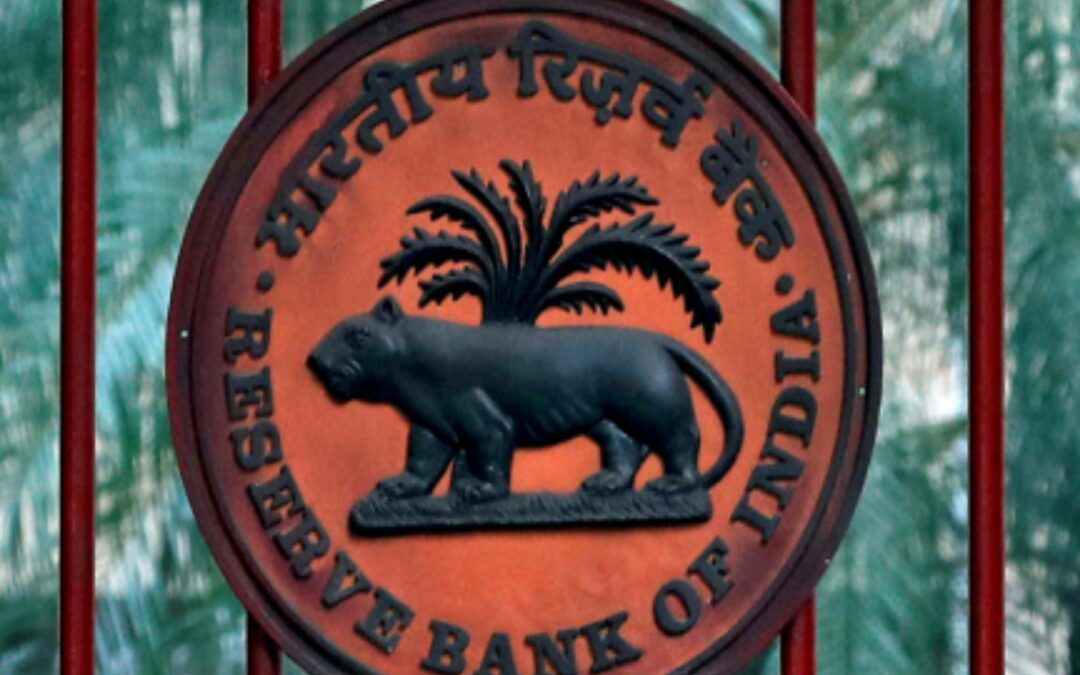The Reserve Bank of India on Friday decided to retain the repo rate at 6.5 per cent, thereby maintaining a pause on its rate-hike cycle for the fourth consecutive time.
Top economists believe that the policy decision by the Reserve Bank of India was on expected lines and had a hawkish undertone to it. They further believe that this decision can lead to some growth in both, investment and consumption demand. Some economists continue to expect the next policy move to be a rate cut in Q1FY25.
Here’s what the Economists said :
Indranil Pan, Chief Economist, YES BANK
This policy was on expected lines with no change in the policy rate as also the stance. Even as food inflation and core inflation had been moderating, the RBI rightly desisted from providing any dovish bent to the policy communication. On the other hand, the future guidance was laced with adequate cautionary notes on the inflation trajectory and the risks to the same coming from uncertainties over the kharif output, lower reservoir levels and volatile global crude and commodity prices. Given that excess liquidity could be inflationary and can pose risks to financial stability, the RBI has started deploying policy tools from the August policy to remove the excess liquidity from the system. Unexpected by all, the RBI announces that OMO sales also becomes a policy tool for the future in its efforts to suck out liquidity. This is important even from a longer perspective, given that India could be expecting large FX flows in FY25 on the back of JPM bond index inclusion.
Madan Sabnavis, Chief Economist, Bank of Baroda
Policy was on expected lines and message appears to be that status quo will prevail till end of the fiscal. This is based on inflation forecasts which remain almost unchanged. What is interesting is that RBI spoke of OMO sales which will be a tool used to absorb surplus liquidity if required. Market has interpreted policy as being cautiously hawkish as seen by bond yields rising post policy. We believe the earliest time when repo can be lowered will be towards end of Q1 of next year as inflation projection for Q1 is above 5%.
Rajani Sinha, Chief Economist, CareEdge Ratings
The Monetary Policy Committee’s decision to maintain the current policy rate and stance was on expected lines. Overall, the policy had a hawkish undertone to it. The governor sounded cautious about inflation even though the full-year inflation projection was unchanged. It is to be noted that the governor reiterated the RBI’s commitment to bring CPI inflation down to 4% target. The RBI kept the GDP growth projection for FY24 untouched as they await additional data points to comprehensively assess the evolving dynamics. We expect the RBI to start its rate-cutting journey from the second quarter of next fiscal year as inflation edges closer to 4% target. Prasenjit Basu, Chief Economist, ICICI Securities
Unsurprisingly, the RBI’s MPC decided to keep its policy rate unchanged at 6.5% and retained its stance of ‘withdrawal of accommodation’. The key change is a much more benign inflation forecast, suggesting that the RBI expects CPI inflation to abate to well below 6% YoY in Sep’23, and to stay at 5.6% YoY in Oct-Dec’23 and 5.2% YoY in Jan-Mar’24. We continue to expect the next policy move to be a rate cut in Q1FY25.
Achala Jethmalani, Economist, RBL Bank
In line with our expectations, the MPC maintained a status-quo on policy rates and stance. We view it as a ‘hawkish hold’ on policy rates as the focus remains on bringing inflation down to the 4.0% target. The RBI’s comments on existing banking system liquidity is indicative of tighter system liquidity conditions continuing as it stands ready to deploy all its tools to absorb excess system liquidity. Brace for a long pause on the Repo Rate with tighter liquidity conditions. This is expected to complete the policy transmission in this hiking cycle with the objective of keeping borrowing costs high. The resilience in economic growth despite the restrictive financial conditions underpin the RBI’s move to tighten the liquidity conditions.











